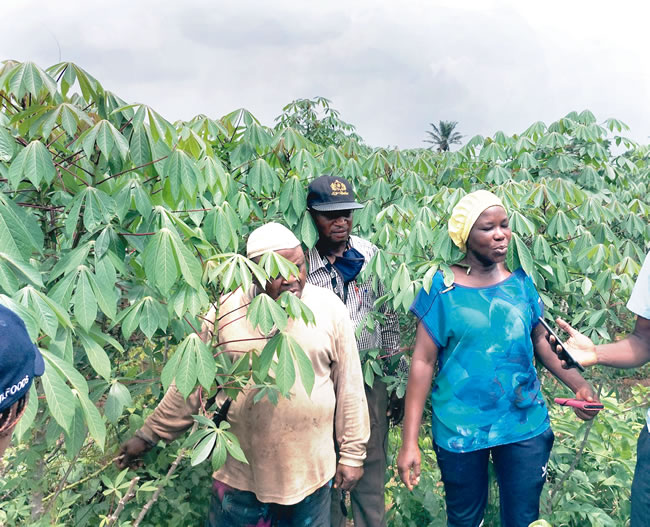In line with its objective of ensuring food sufficiency and sustainability in Africa through increased agricultural productivity and deploying proven and high-performing technologies, the Technologies for African Agricultural Transformation (TAAT) has unveiled new technologies in various food categories to boost agricultural production in the continent.
These technologies were unveiled at the Second TAAT Investors’ Forum which took place virtually on Thursday, May 26, 2022, which aimed to scale up adoption and market penetration.
In his remarks, the Director, Agriculture and Agro Industry at the African Development Bank, Dr Martin Fregene, said with the current hostilities between Russia and Ukraine, which has hampered food exportation, there was a need for the African continent to grow her food to ensure food availability.
To do this, he said the African Development Bank (AfDB) launched the African emergency food production plan. He remarked, however, that it was better to plan and forestall against emergencies by investing in the required structural transformations.
Dr Fregene said this necessitated the call for private sector involvement in infrastructural development and off-taking produce from farmers and supplying to users along the agricultural value chain.
He maintained that for the agricultural value chain to be fully harnessed, there was the need to create a market-led agricultural system that encourages private sector involvement through policy reforms, financing, infrastructural development and fast-track method of registering innovations.
“We need to strengthen the regulatory environment, strengthen the national seed agencies. Certified seeds require regulation. We must have a seed council or a seed agency that actually tests certified seeds for purity, test them for germination.
“The private sector needs financing to be able to invest in the sector, as much as they would bring their equity, they also need working capital. For a very long time, agriculture in Africa has been seen as a very high-risk investment. We also need that agriculture is given priority by the government. When the government sees agriculture as a priority and asks all the commercial banks to lend a certain percentage to them otherwise they pay a fine as has been done in several countries,” he said.
IN CASE YOU MISSED THESE FROM NIGERIAN TRIBUNE
- Revealed! Details Of South-West APC Leaders Meeting With Presidential Aspirants
- Supreme Court Has Cleared Civil Servants To Participate In Politics, Falana Tells FG
- Battle For New Alaafin Begins As Ruling Houses Insist On Producing Next Oba
- Court Admits More Evidence Against Alleged Fake Army General, Bolarinwa
- I’m Every Man’s Choice Now, My DM Is Crazy —Eniola Badmus
- It Is Now Bye To Decency: Crazy Fashion Trends At Owambe Parties
Given an overview of TAAT, Innocent Musabyimana of the TAAT Clearinghouse said TAAT, currently implemented in 28 countries in Africa, was creating to support and drive the Feed Africa strategy of the AfDB.
Innocent Musabyimana said, “For this particular investors’ forum, we are trying to bring all these technologies that are proven, ready-to-be-used into the hands of millions of farmers on the continent. The good news is that this is already happening; it is a proof of what was started by TAAT over the last few years.
“For this to happen, one of the implementing arm of TAAT, which is the TAAT Clearinghouse, plays a major role in terms of bringing together the technology developers and the users to be able to reach millions of farmers on the continent.
“We are deploying 160 selected proven, high-performance agriculture technologies along the value chains and we at the TAAT bring together the private sector, farmers’ organisations and governments to increase agricultural production in the continent.”
The technologies developed by TAAT include improved, high-yielding, pests and diseases-resistant varieties of wheat, beans, maize, rice, sorghum and cassava as well as its newly developed Hermetic bag technology that prevents moisture and pests from infesting grains stored in them for up to two years.






